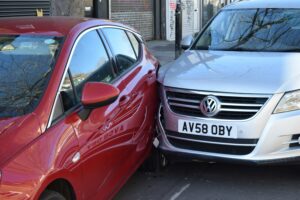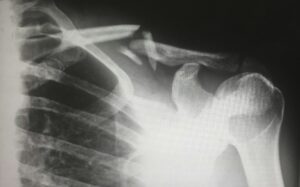Table of Contents
ToggleWhy All Motorcycle Riders Should Wear a Helmet Camera

A motorcycle accident is a traumatic event. As a result, you might have difficulty explaining what happened or, worse yet, proving it.
Advances in technology have made helmet-mounted cameras affordable for most riders. A camera can provide valuable information to your lawyer, the insurers, and a jury.
Below, learn why all motorcycle riders should wear a helmet camera and how you can use the video footage you capture.
Helmet-Mounted Cameras
Motorcycle helmet cameras are small, light, and relatively inexpensive. You can usually find a camera ranging from $50 to $350.
These cameras mount to the top or front of your helmet. As a result, they can capture your view of what happened. This also means that you can turn your head to capture video to your sides or behind you.
Helmet cameras usually have a rechargeable battery. One disadvantage of a helmet camera versus a handlebar-mounted camera is that a camera mounted to your motorcycle can draw electricity from your motorcycle.
California does not have a law that specifically outlaws helmet cameras. But California requires all riders and passengers to wear an approved motorcycle helmet.
Under federal regulations, a motorcycle helmet cannot have protrusions larger than 0.20 inches. So, strictly speaking, you can wear a helmet camera as long as it does not obstruct your vision or protrude more than 0.20 inches from the helmet.
How Helmet-Mounted Cameras Work
You will probably need to turn on a helmet camera before your ride. This differs from motorcycle-mounted cameras that can start recording when you start your engine.
The helmet camera will record to a memory card. When the memory card gets full, you will need to either delete old videos to make space or set the camera to automatically record over old videos.
If you get into an accident, you should remove the memory card and download the video of your accident to your phone or computer. This will avoid the risk that your video will get lost or deleted from the memory card.
Using the Helmet Camera Video
Video footage is usually admissible in court. The video must be:
- Relevant
- Authenticated
- Not hearsay
- Original (not a copy and not manipulated)
You can usually introduce helmet camera video to show:
- What happened in your accident
- What you did before and during the accident
- The nature and cause of your injuries
- The scene before and after the accident
- Weather, road, and lighting conditions at the time of the accident
All of these factors can come into play in your injury claim.
An insurer can deny your claim if they believe the policyholder did not act negligently. The insurer may try to blame the weather, road, or light for the accident. But worse yet, they could claim you caused the accident. Helmet video can rebut this claim.
An insurer could also deny your claim by asserting that you did not get injured in the accident or that your injuries were not as bad as you say. Again, helmet video of your accident and the aftermath can show how you got injured and what happened to you. Your helmet video could make the difference between winning or settling a claim fairly and losing your case.
If you were injured in a motorcycle accident, contact a personal injury lawyer to discuss your claim.
Contact Our Motorcycle Accident Law Firm in Los Angeles, CA
If you were injured in an accident in Los Angeles, CA or you lost a loved one and you need legal assistance, please contact us to schedule a free consultation. One of our Los Angeles motorcycle accident lawyers at M&Y Personal Injury Lawyers will get in touch with you soon.
M&Y Personal Injury Lawyers – Los Angeles Office
4929 Wilshire Blvd Suite 960,
Los Angeles, CA 90010
866-864-5477




